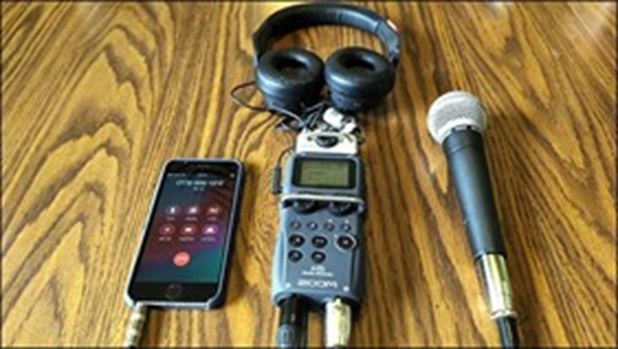To prove voice conversations in case of disputes or litigation especially when disputes arise, consider the following.
Evidence collection
Recordings
Obtain recordings the consideration ensuring they are authentic and have not been tampered with.
Timestamped records.
Use time stamped records of phone calls or meetings .
Witness statements.
Collect statements from witnesses who may overheard the conversations such net- work service providers through their servers.
Authentications.
Voice identification
Use voice identification techniques such as biometrics to verify the speakers .
Chain of custody
Establish a clear chain of custody for any recordings or evidence .
Documentation
Transcripts created by creating transcripts of the conversations which can help clearify the content
Contemporaneous notes.
Collect notes taken during or shortly after the conversation
Expert analysis.
Forensic audio analysis.
Engage experts to analyze the recordings for authenticity and content voice comparism.
Compare voices to determine if they match known speakers.
Legal considerations
Admissibility
Ensure the evidence meets legal standards for admissibility.
Relevance
Demostrate the relevance of the conversation to the case .
Technology.
Digital recording tools
Utilize digital recording tools that provide secure and temperament recordings .
Audio enhancement.
Apply audio enhancement technique to improve the quality of recording .
In conclusion, strategic approaches as enumerated above can build a strong case to prove voice conversations if you find your self in trapped of defending voice conservation between two parties.
– Benjamin Ibrahim, a Freelancer, writes from Lokoja, Kogi state, Nigeria.




